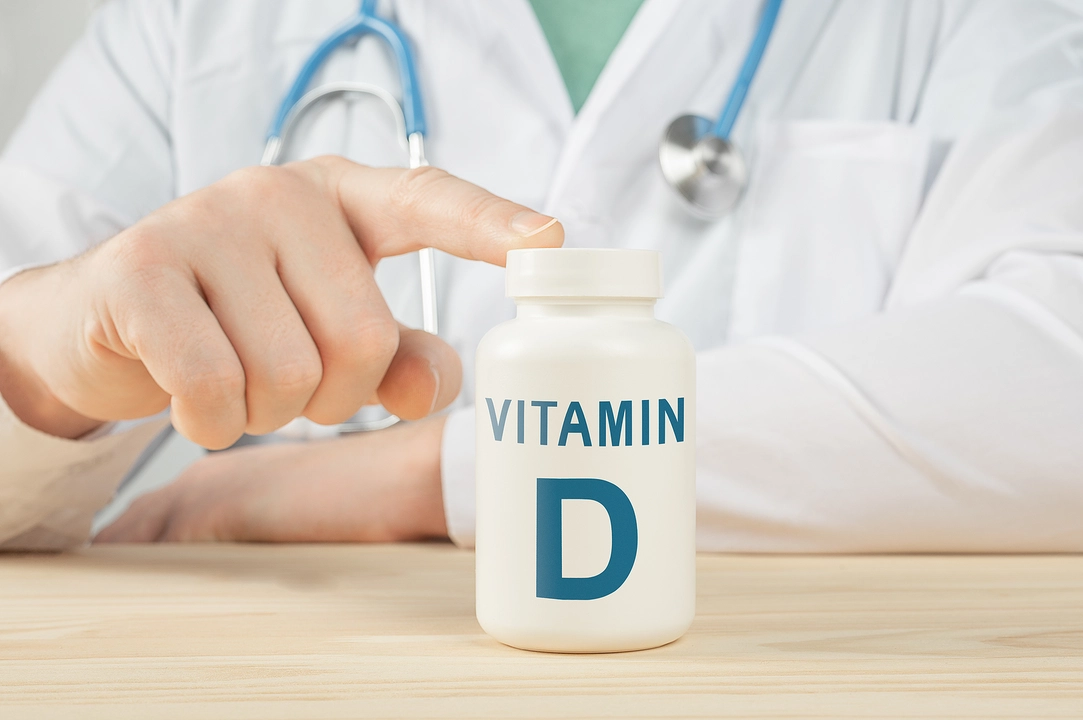Vitamin D: what it does and why you should care
Vitamin D isn’t just for strong bones. It supports your immune system, helps muscles work, and plays a role in mood and energy. Many people are low on vitamin D because we spend more time indoors, use sunscreen, or live in cloudy places. Knowing how to check and raise your levels is simple and can make a real difference in how you feel.
How vitamin D helps your body
Vitamin D helps your body absorb calcium, which keeps bones and teeth healthy. It also helps regulate immune responses — that’s why low levels can mean more colds or slower recovery. Some studies link adequate vitamin D to better muscle strength and lower fall risk in older adults. While it’s not a cure-all, keeping vitamin D in a healthy range supports many everyday body functions.
People often notice small gains first: less fatigue, a bit more energy, or fewer aches. Those changes aren’t guaranteed for everyone, but they’re common enough that checking levels makes sense if you feel off and can’t find a reason.
How to get enough vitamin D — practical steps
Sun exposure is the most natural source. About 10–30 minutes of midday sun on arms and legs a few times a week works for many people, but skin tone, latitude, season, and sunscreen change that. Darker skin needs longer sun time to make the same amount as lighter skin.
Food helps too but rarely covers needs alone. Good sources include fatty fish (salmon, mackerel), fortified milk or plant milks, fortified cereals, and eggs. If you don’t get regular sunlight or eat those foods often, a supplement is the easiest fix.
Testing is simple: a 25(OH)D blood test measures your level. Most labs call under 20 ng/mL a deficiency and 20–30 ng/mL insufficient. Many clinicians aim for 30–50 ng/mL as a practical target, especially for older adults or people with risk factors.
Typical supplement doses: 600–800 IU daily is a common baseline for adults, but many people take 1,000–2,000 IU daily safely to reach target levels. Short-term treatment for deficiency can be higher (for example, 50,000 IU weekly) — but only under medical supervision. Long-term high doses (over 10,000 IU daily) risk toxicity and should be avoided without a doctor’s guidance.
Certain groups need extra attention: older adults, people with darker skin, those who cover their skin for cultural reasons, people with obesity, and anyone with malabsorption or after bariatric surgery. Some drugs lower vitamin D (like certain anticonvulsants, glucocorticoids, and weight-loss drugs), while thiazide diuretics can raise calcium and increase risk when combined with high vitamin D.
If you suspect low vitamin D, ask your doctor for a 25(OH)D test and discuss a plan. Small, steady steps — a bit more sun when safe, a couple of fish meals, and a modest supplement if needed — usually fix the problem without fuss.
Vitamin D and Bone Loss: What You Need to Know
As a blogger, I recently explored the connection between vitamin D and bone loss, and I want to share some crucial information with you all. It turns out, vitamin D plays a vital role in maintaining our bone health by helping our bodies absorb calcium. Unfortunately, many of us are deficient in this essential nutrient, which can lead to bone loss and an increased risk of fractures. To prevent this, it's important to get enough vitamin D through sunlight exposure, a balanced diet, or supplements. Taking care of our vitamin D levels is a simple yet effective way to keep our bones strong and healthy throughout our lives.

